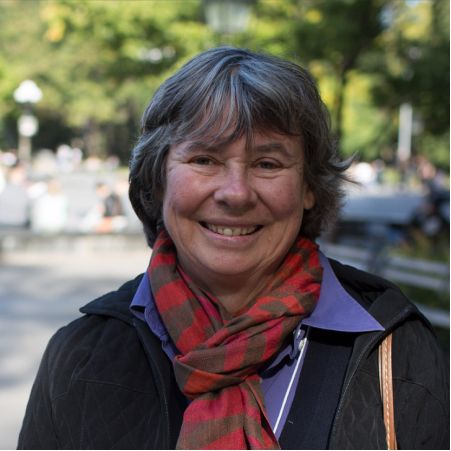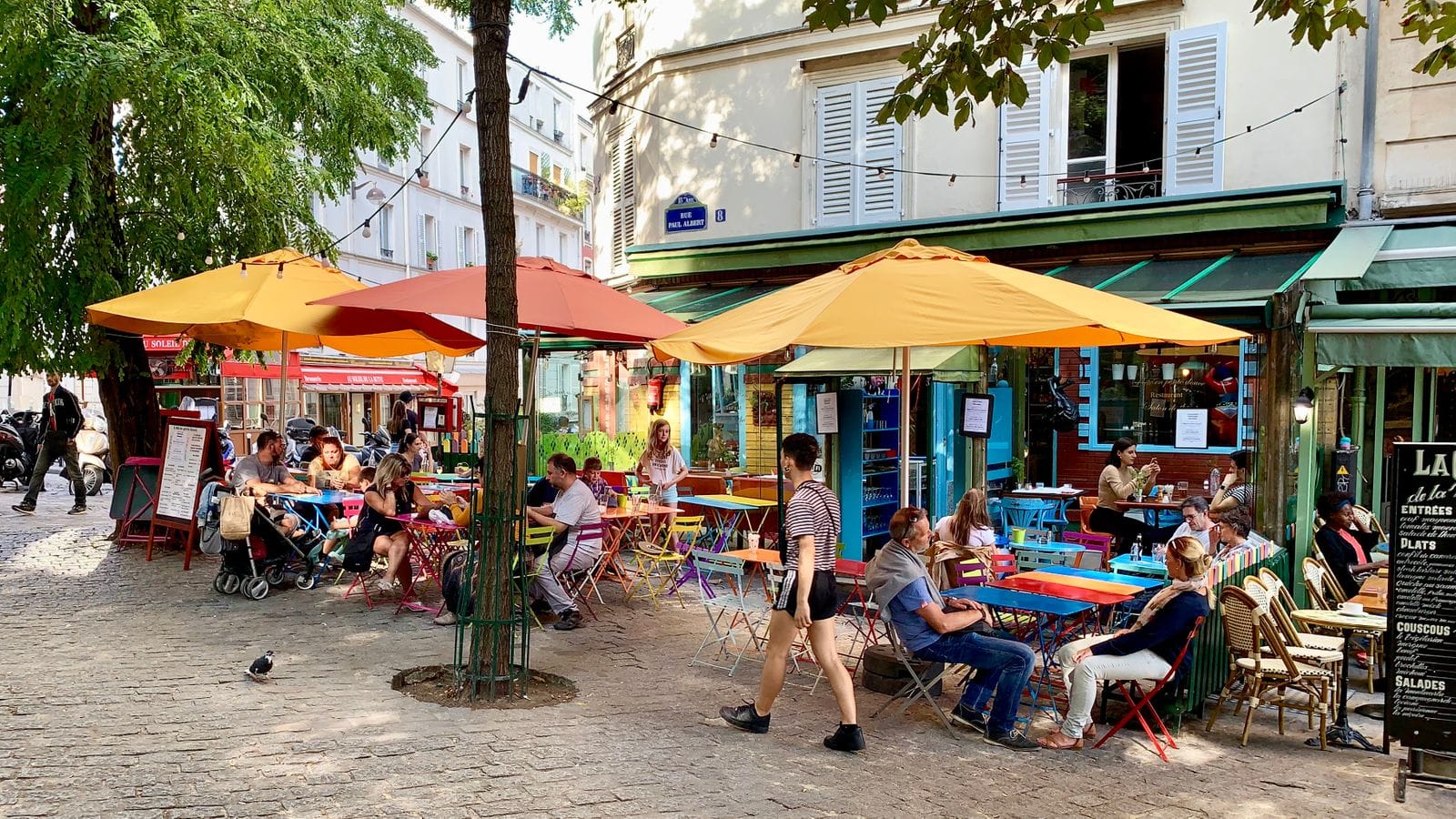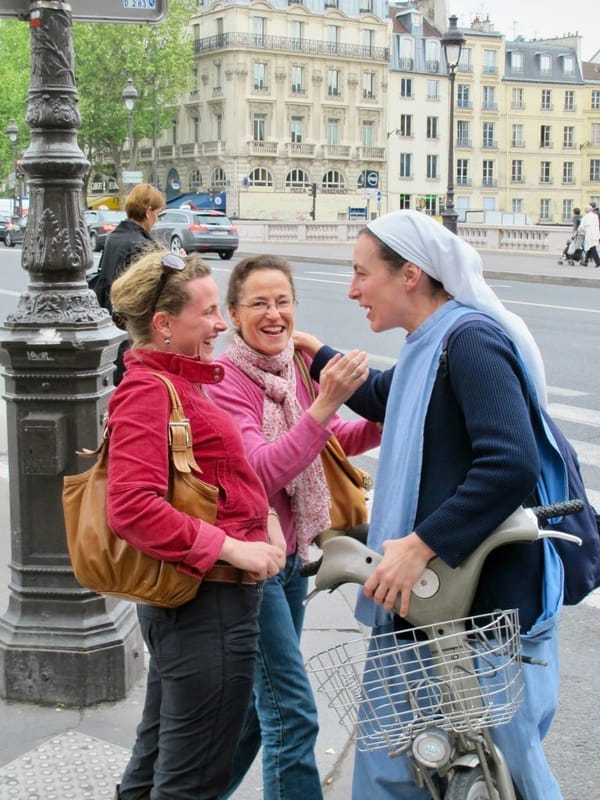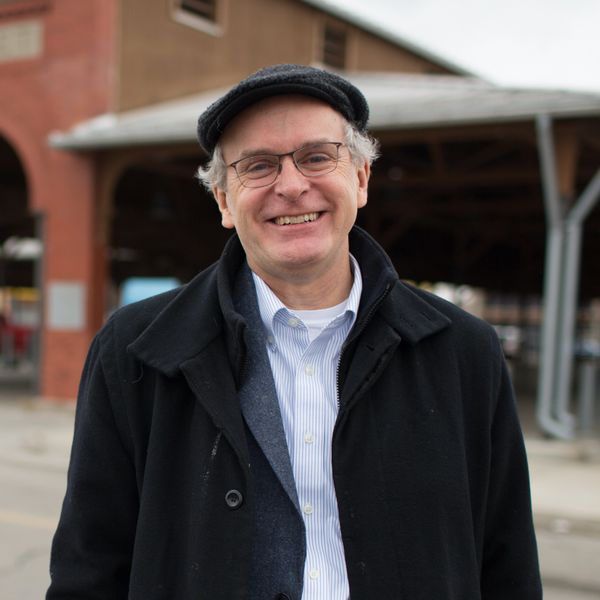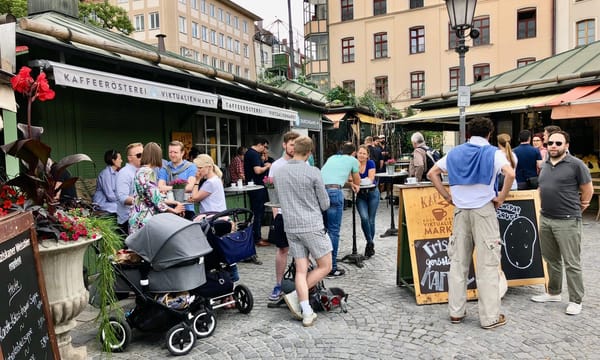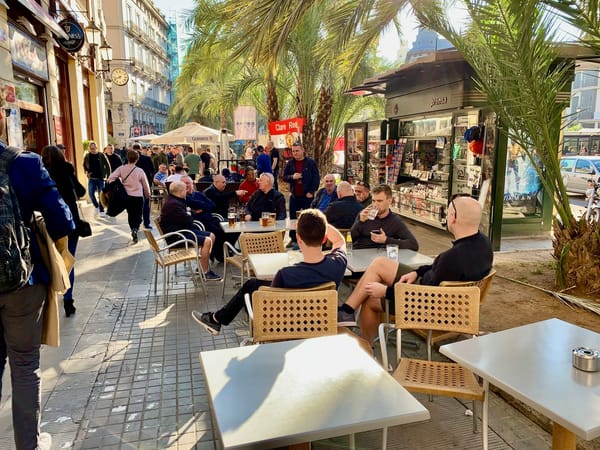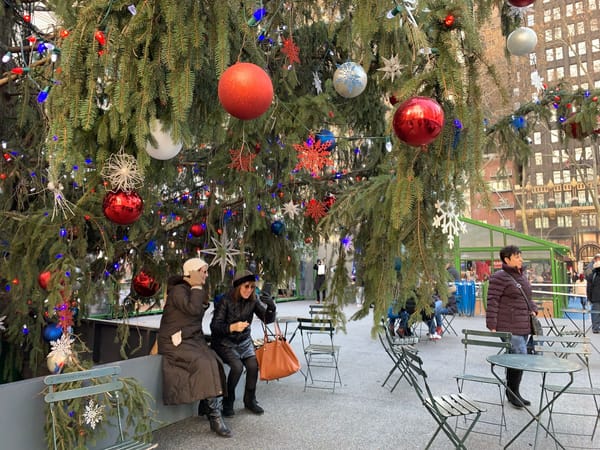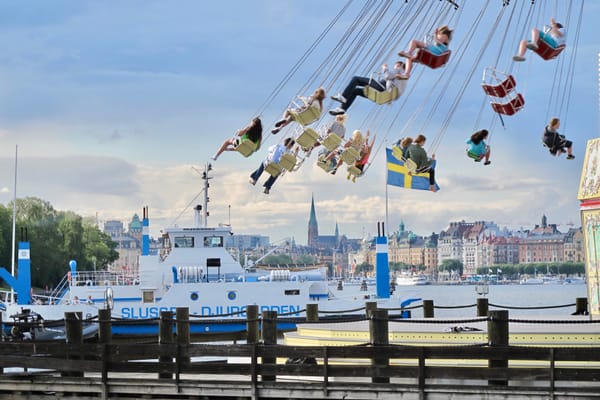"Intricate minglings of different uses in cities are not a form of chaos. On the contrary, they represent a complex and highly developed form of order." - Jane Jacobs
Holly Whyte always said, "What attracts people most, it would appear, is other people." When this happens, when the presence of people somewhere in a neighborhood draws in even more people and those people come back again and again to that spot because they enjoy spending time there, you've got what we call a social hub.
A social hub is a local place electrified by the energy of people hanging out there and having a good time. In more concrete terms, it is a place where the mix of amenities, assets, and activities creates a pleasant environment that people enjoy frequenting, making it a social hotspot.
There are many forms a social hub can take. For example, it can be a popular café with outdoor seating like Cobble Hill's Farmacy.
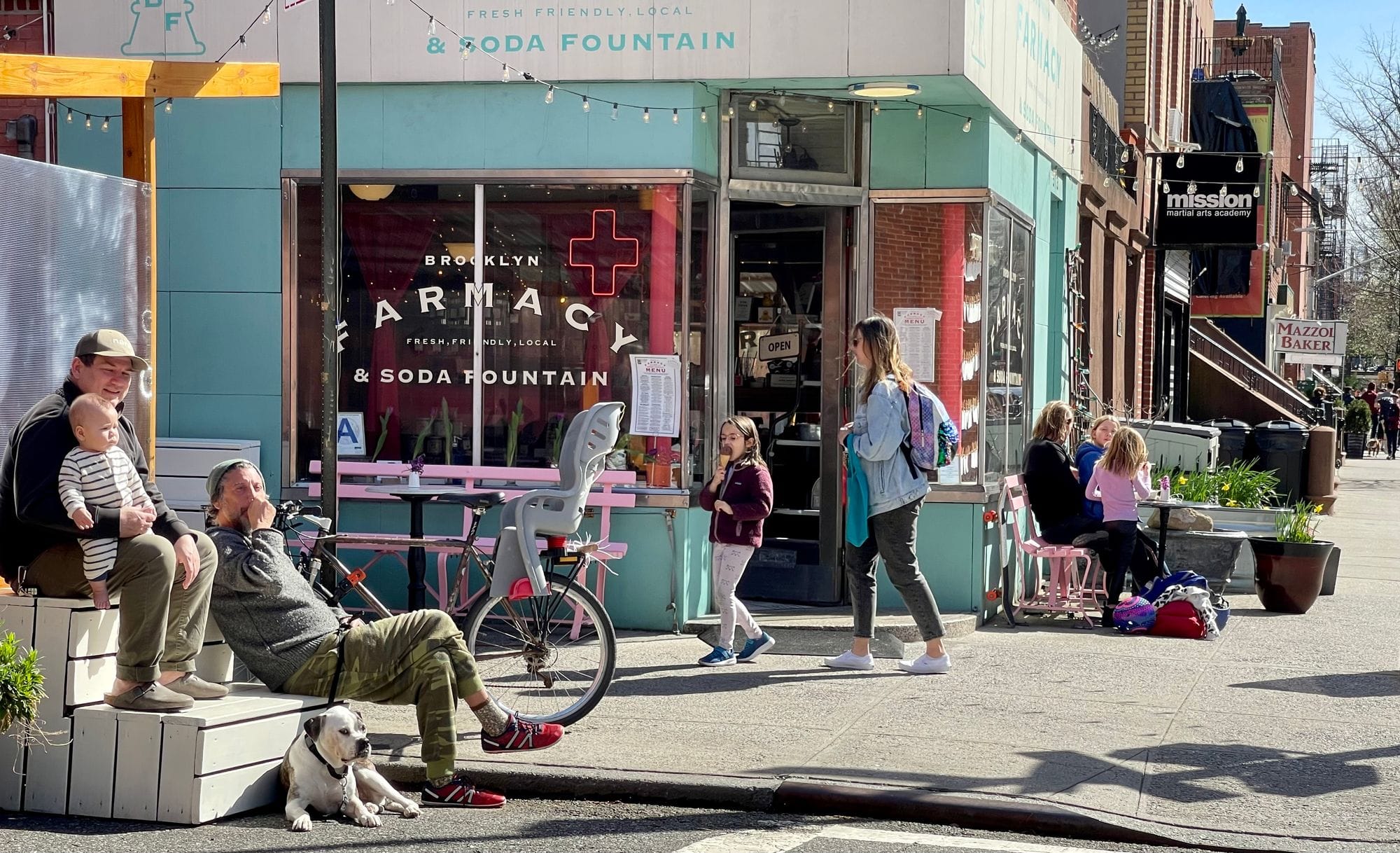
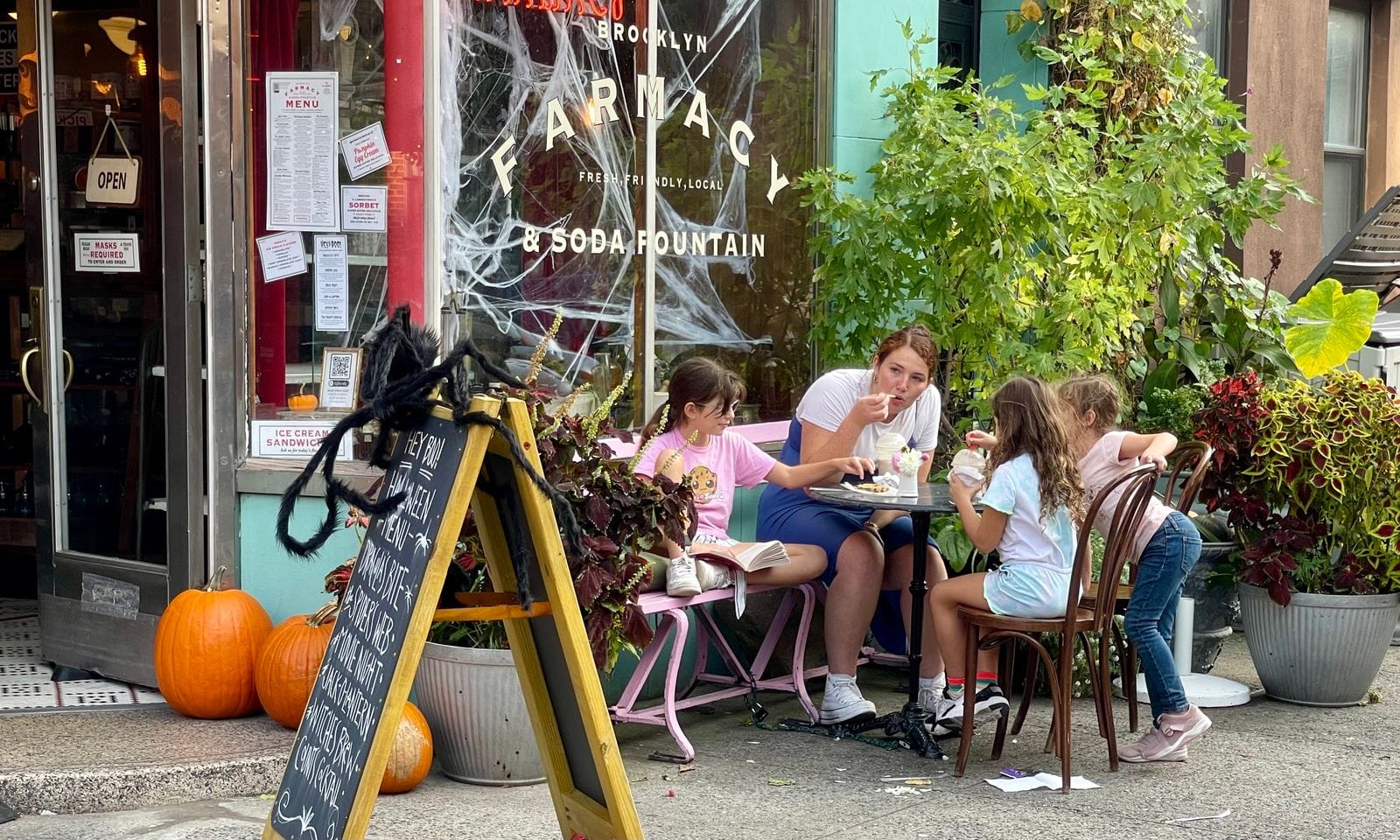
The Farmacy soda fountain in Brooklyn
It can be a particularly vibrant area of a market like the bench at Munich's Victual Market where people often sit to chat, eat, and connect.
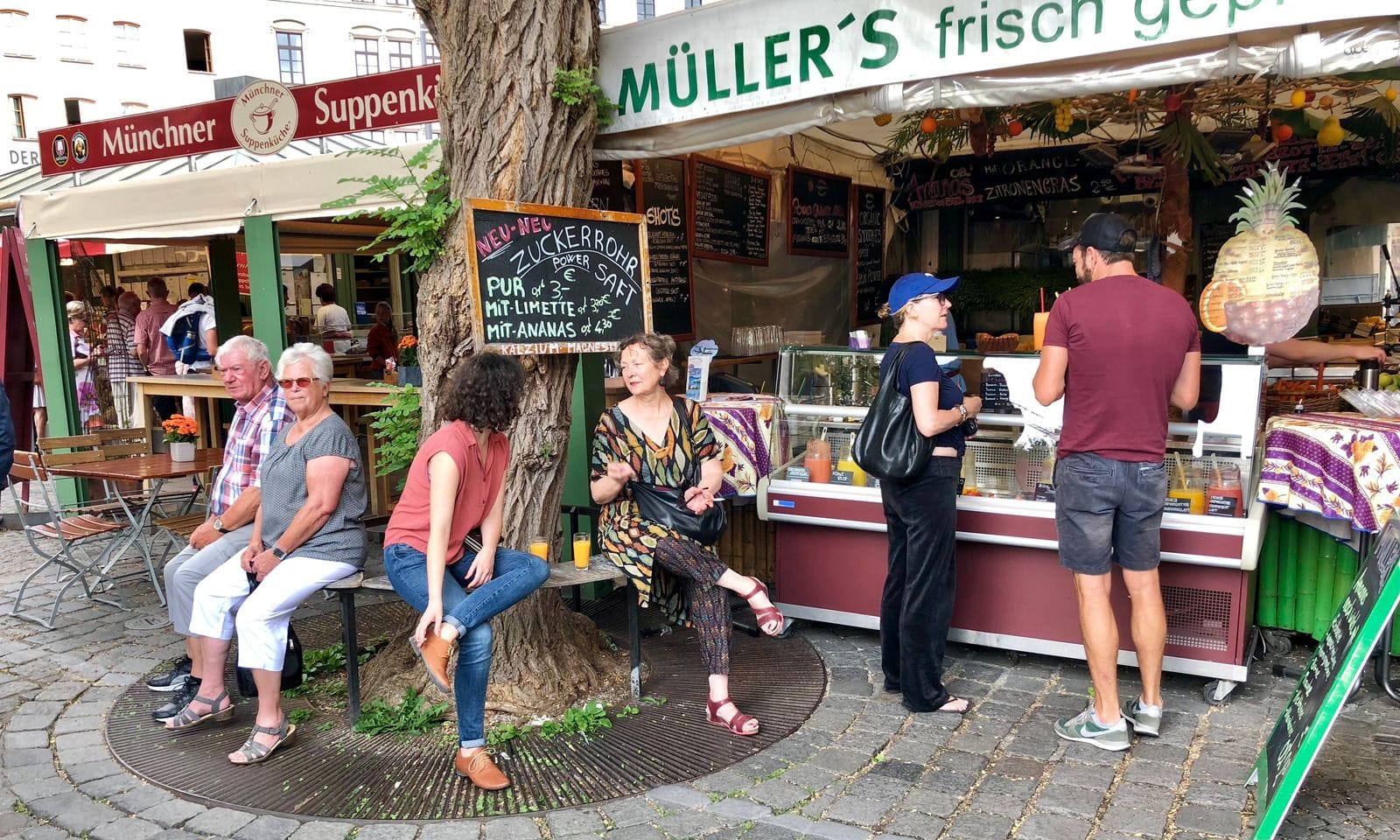
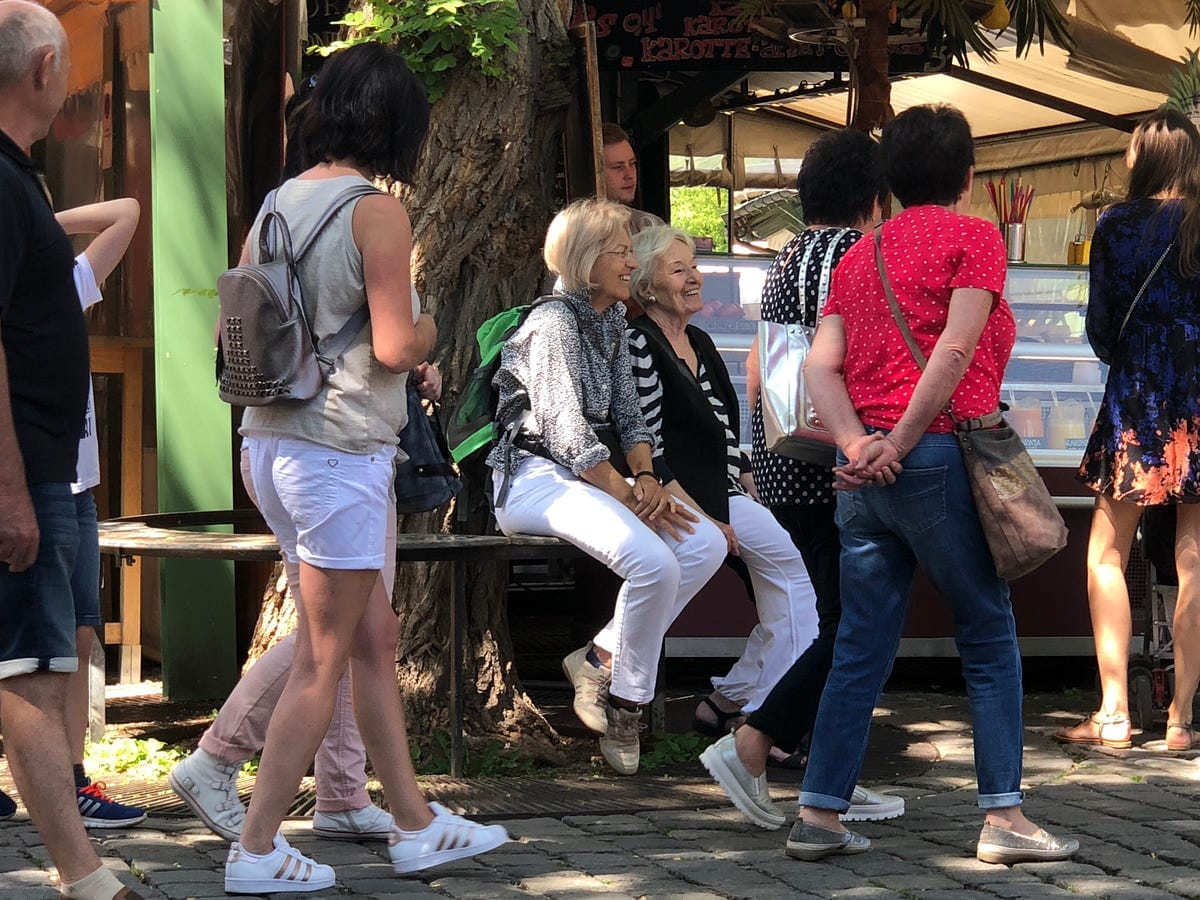
Victual Market in Munich
It can even be just a spot along a sidewalk where there is the right mix of businesses and amenities that attracts people.
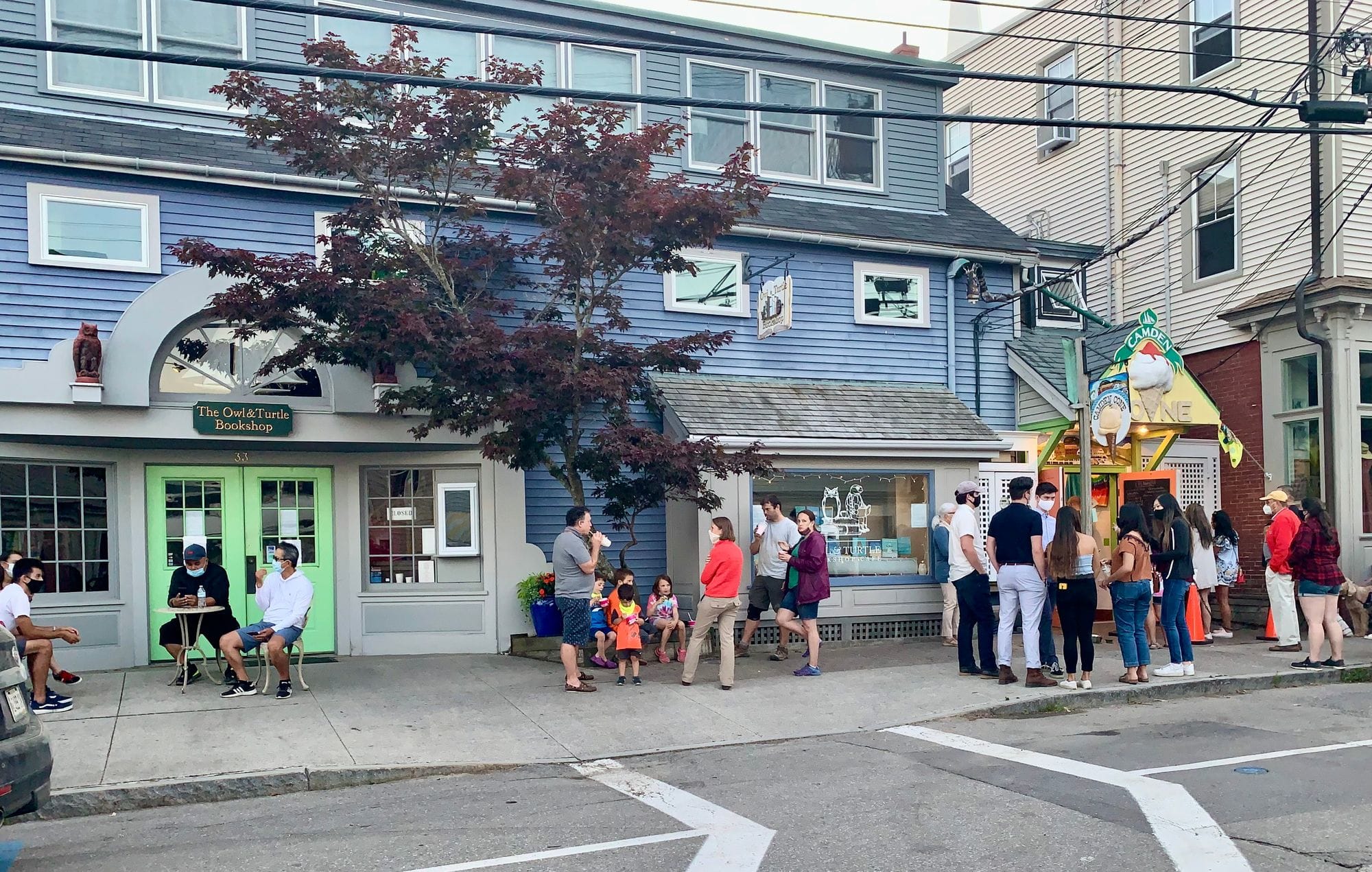
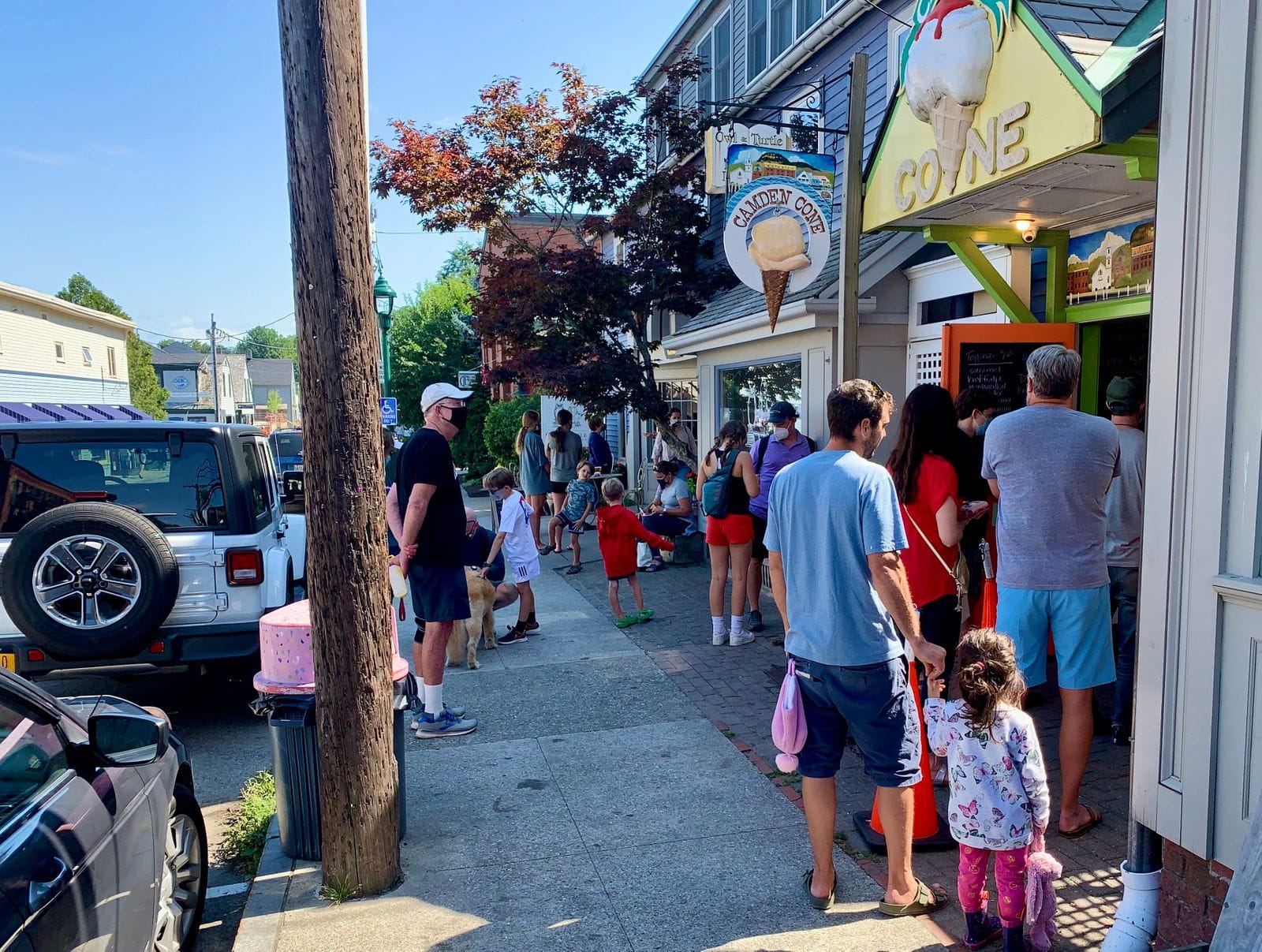
Camden Cone and The Owl & Turtle Bookshop in Camden
Famous urban planner David Engwicht talks about the importance of creating sidewalks that are a series of rooms rather than corridors. A corridor is just a channel you move along, but rooms are destinations you linger in. These "rooms" are social hubs – places in the public realm that feel like your living room, where you can gather with your community and enjoy your time together.
A social hub is that place you think of when you're wondering about where to meet up with friends or end up at after a stroll. A place that has an atmosphere that draws people in because it is defined by socializing, fun, and vitality. Social hubs are important to the urban fabric because they are the places where people love to hang out and therefore, where connection happens and community is created.
But how do we make social hubs? There are a few guiding principles that can help.
Triangulate Uses
In Placemaking, triangulation is the concept that explains how features of a space should be positioned in relation to each other so that "the whole is greater than the sum of its parts." For example, if a bench, an ice cream truck, and a shade structure are placed separately along a sidewalk, each of them will get some use. However, each one is too one dimensional by itself to attract much activity. Great places are multi-dimensional.
If the aforementioned amenities are arranged together in the same place so that they play off of each other, they give rise to a destination that is more enjoyable to hang out at. This destination draws in many more people. It becomes a social hub.
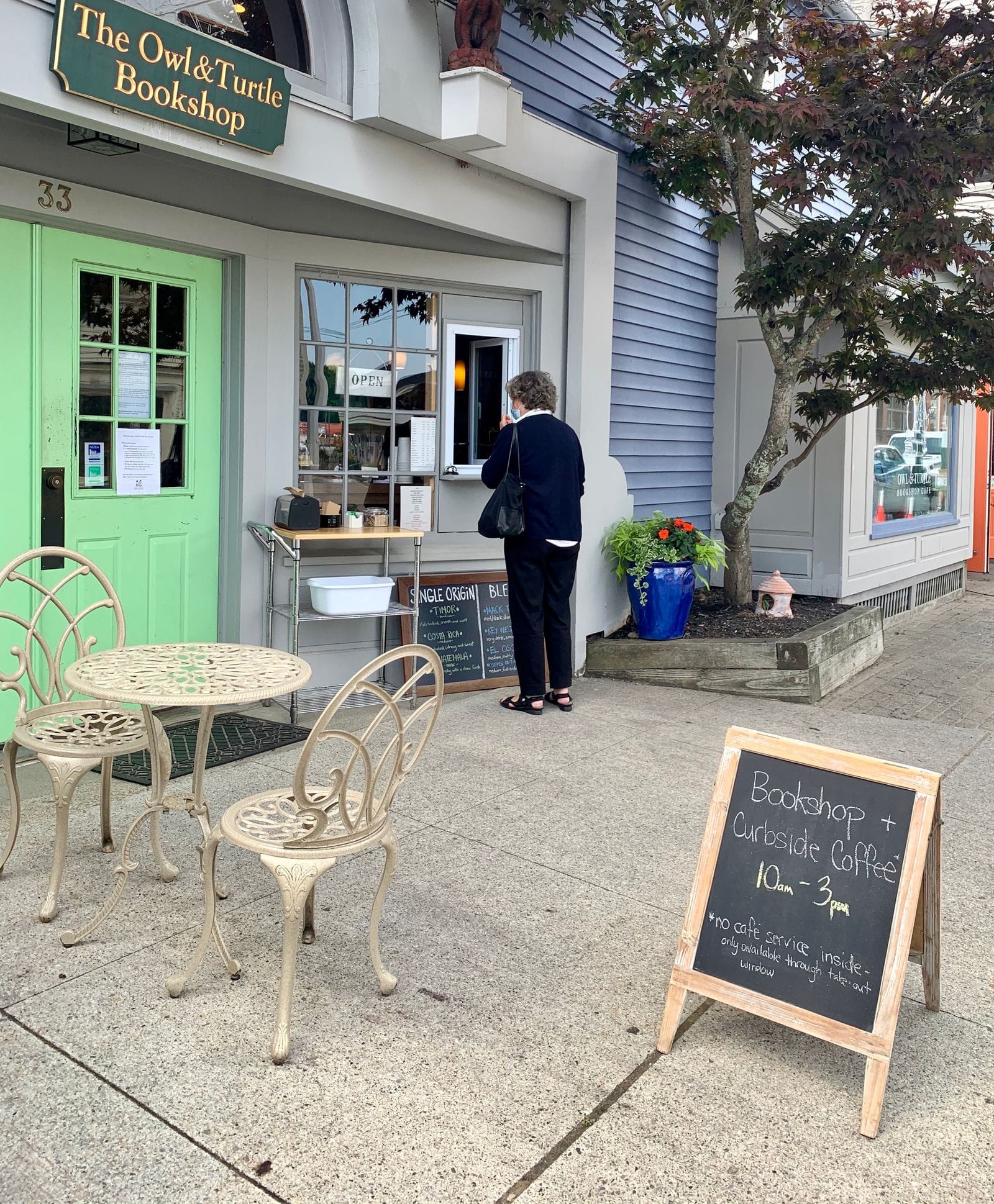
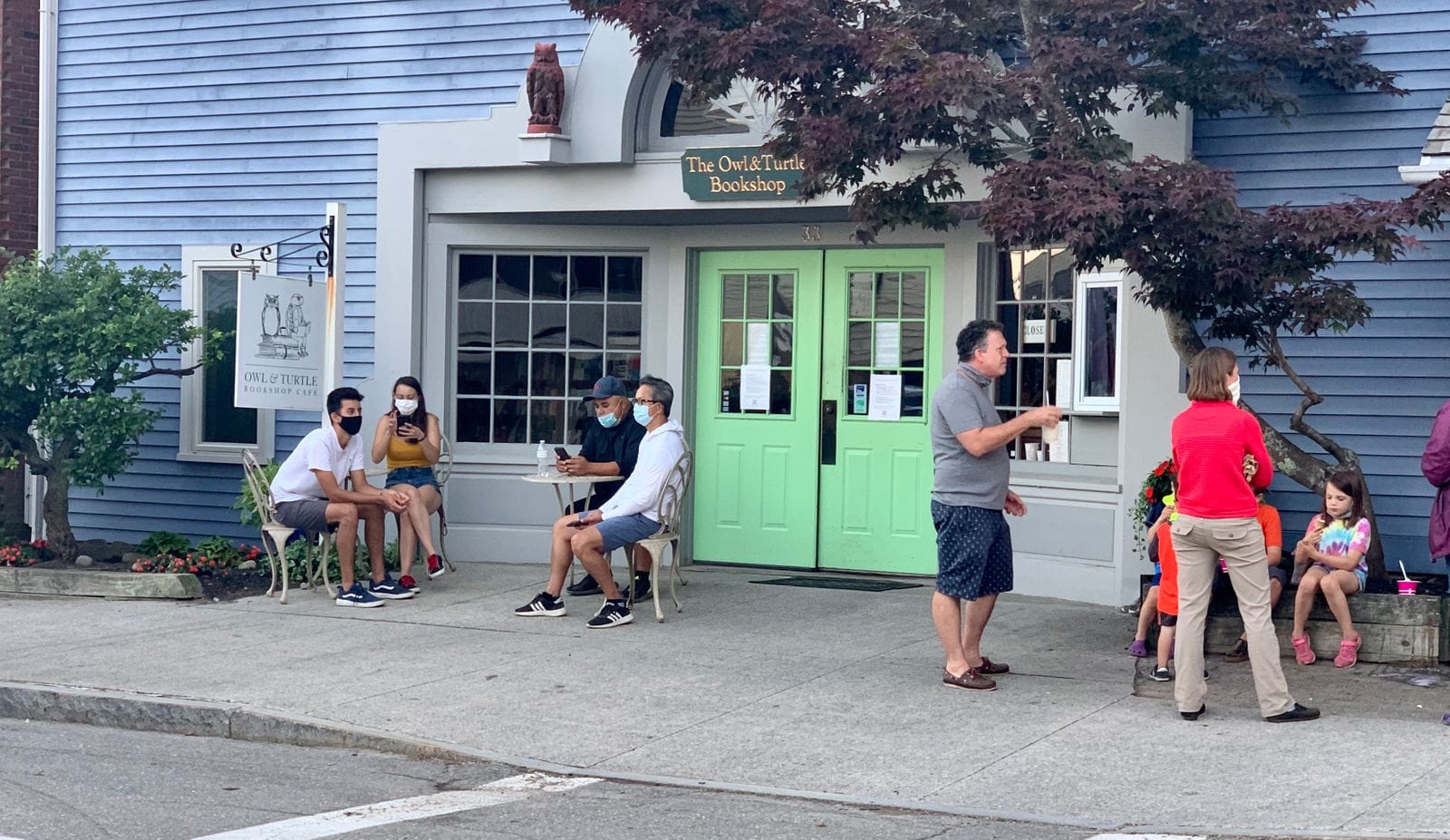
Eddy Spaces
A lot of our cities, especially our sidewalks, are full of underutilized areas. David Engwicht calls the spots to the side of the footpath that we often don't look twice at "eddy spaces" and explains how there is so much hidden potential there. For example, the space between a bench and a tree or around a lamp post. With some creativity and improvisation, these spots can be turned into play or seating areas, and can become the necessary piece to complete a triangulation arrangement and activate a space.
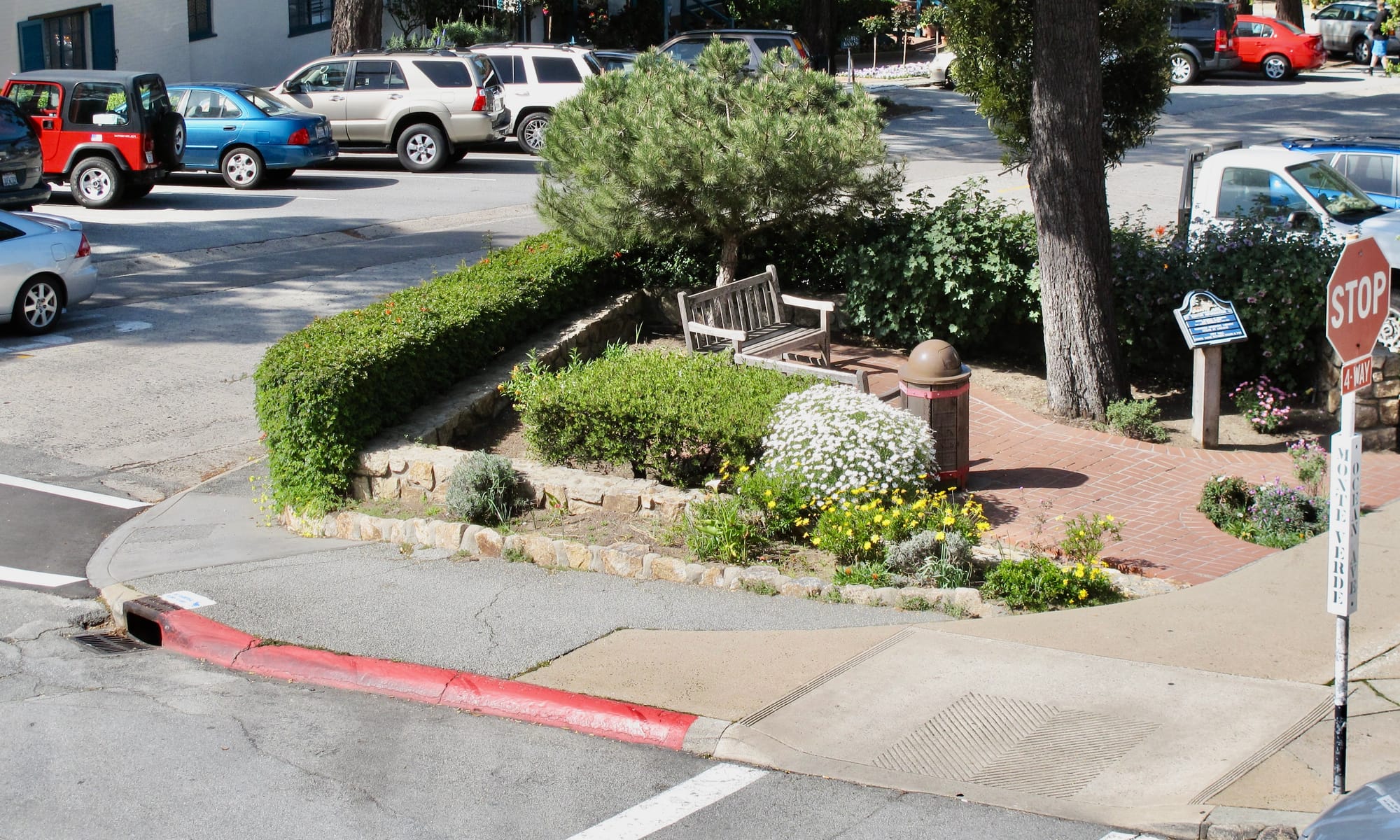
Corners are active
Double-Load the Sidewalks
The reason triangulation is so effective is because it creates a kind of "enclosed" hub, instead of a standalone business or amenity. The same thing happens when you double-load a sidewalk. Double-loading means that you put activations on both sides of the pedestrian walkway – on the facade side you have engaging storefronts and open doors, outdoor displays of goods, and awnings, while on the curb side you have outdoor seating, kiosks, coffee and food trucks, and more.
With things happening on both sides of the walkway, the sidewalk begins to feel like a kind of tunnel lined with commercial and social activity. It feels less like the edge of a busy street and more like a lively public place studded with social hubs. This transforms the city from a network of vehicle throughways into a collection of engaging destinations.
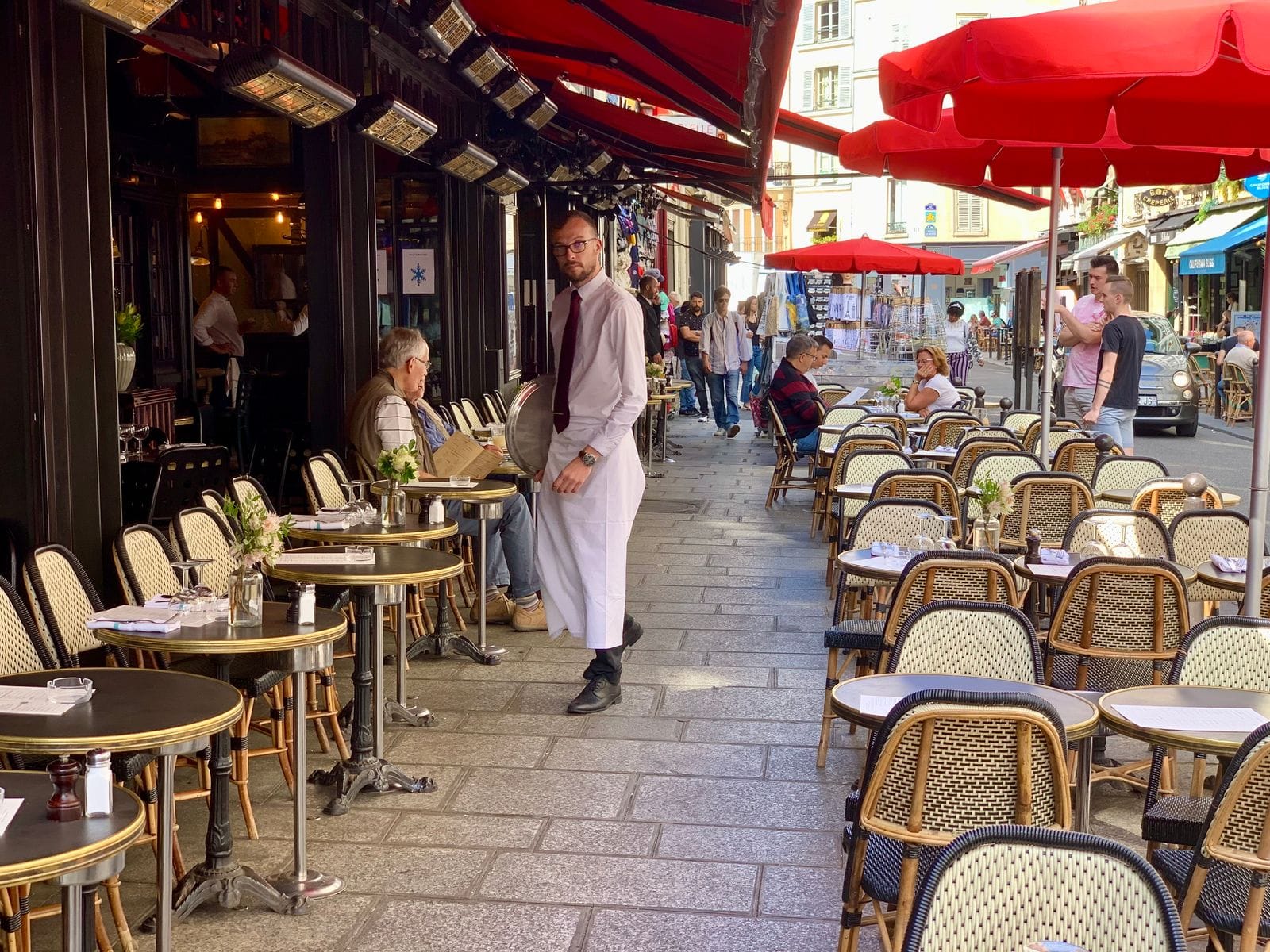
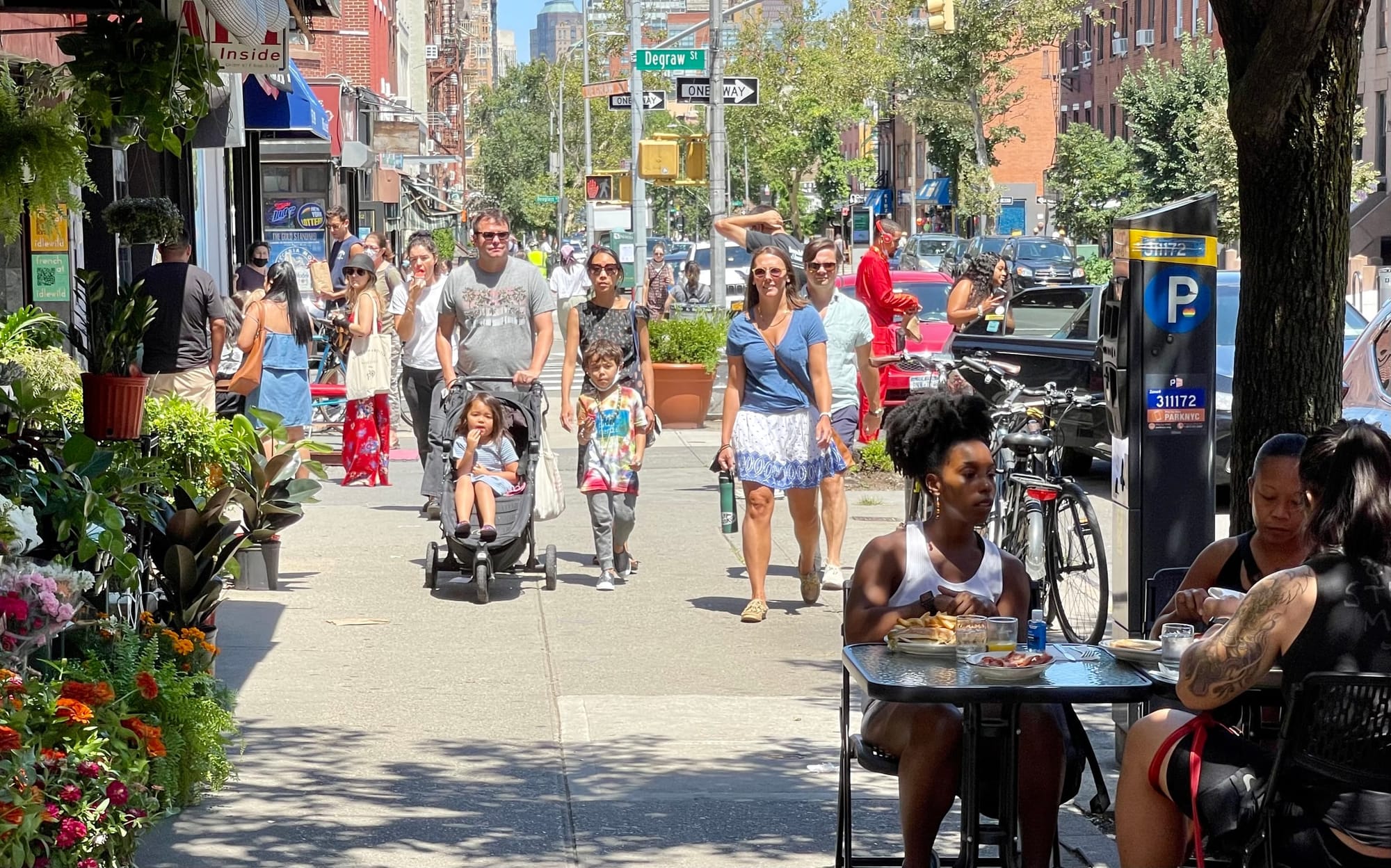
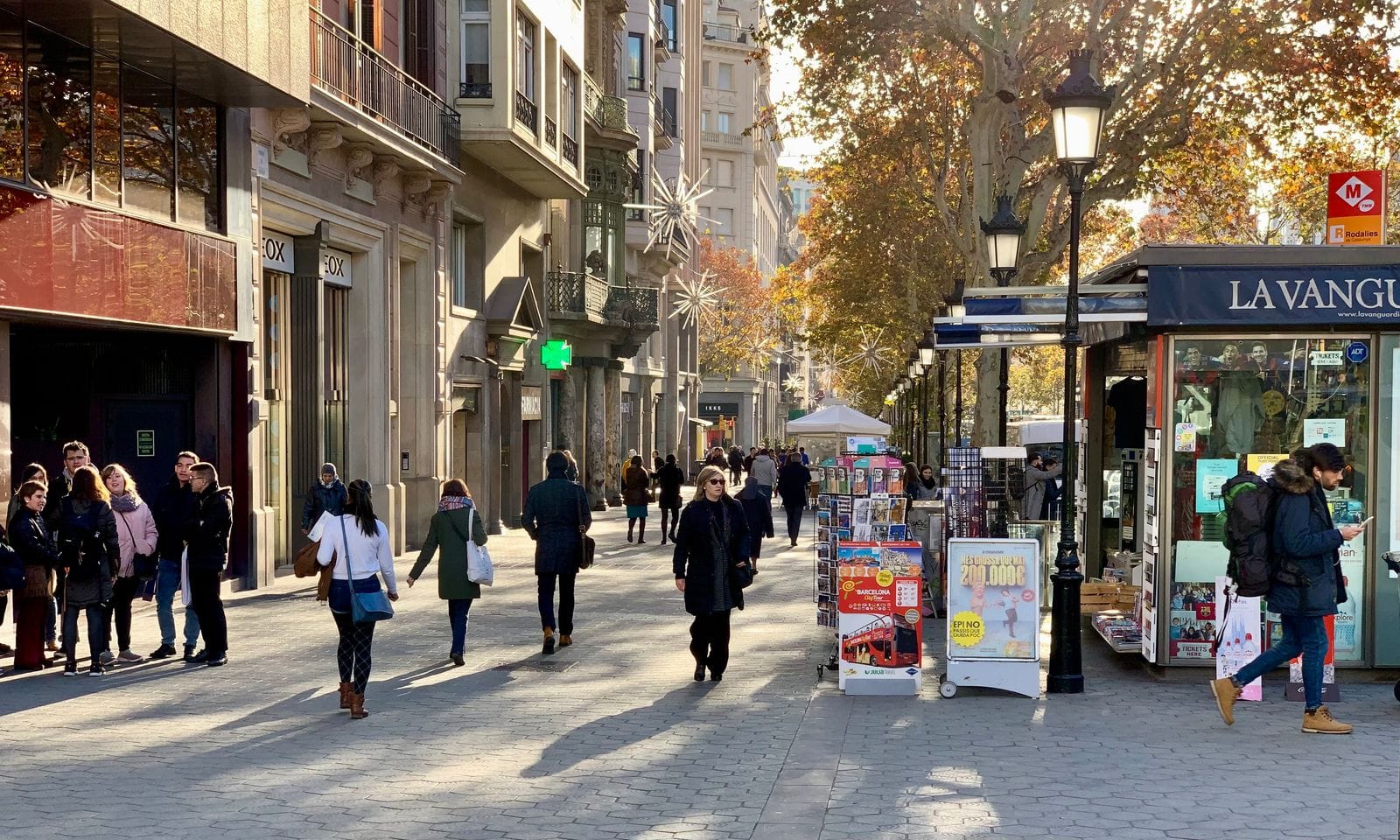
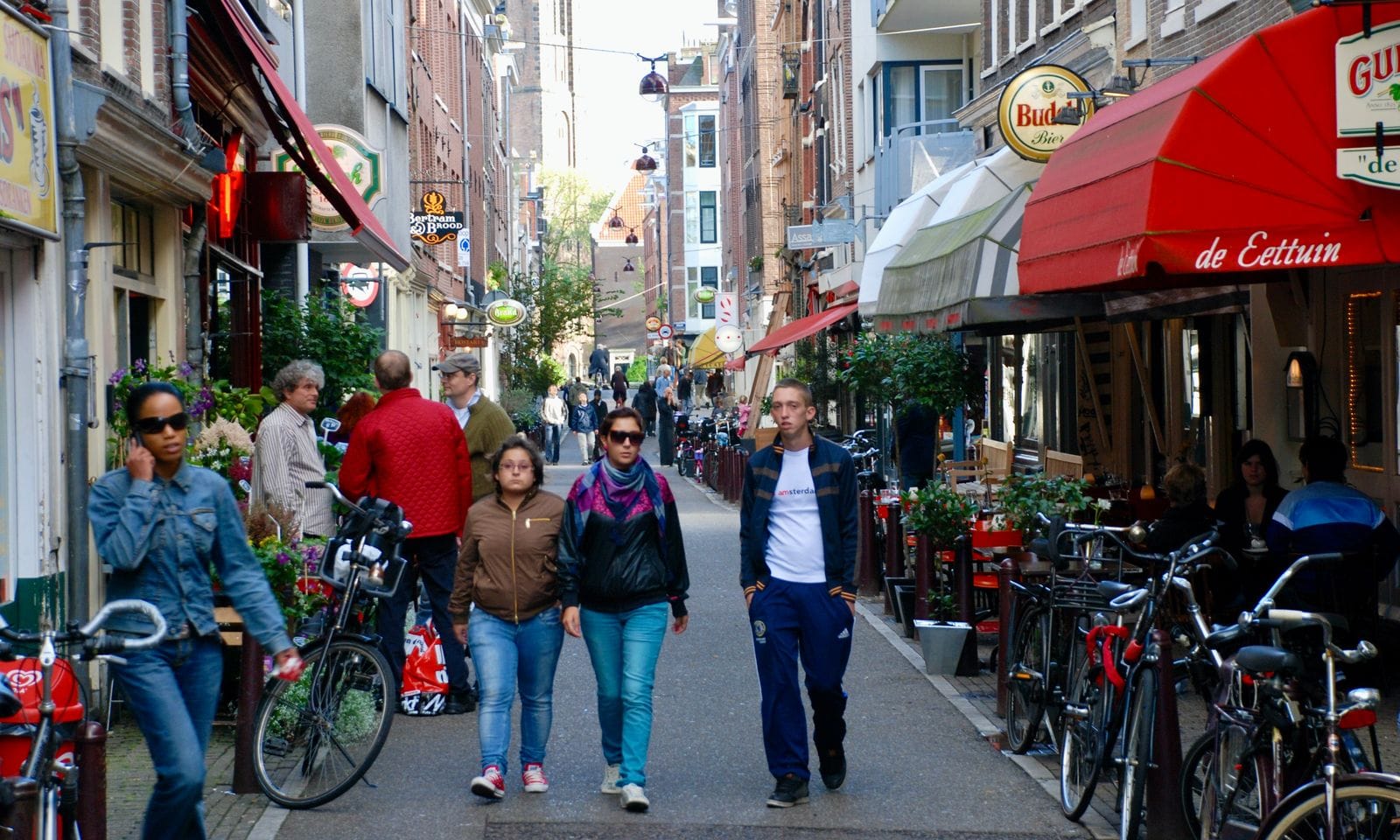
Apply the Power of 10+
The Power of 10+ rule is like the next level up from the triangulation principle. In order for a place to be attractive, it needs to be interesting. In order for it to be interesting, there need to be a variety of things to do there. We in the Placemaking movement estimate that there must be at least 10 things to do in each place in order for it to be sufficiently interesting and lively. You can scale that guideline up to a larger area as well, so that you aim to have 10+ places within the area with 10+ things to do in each. If sufficiently vibrant, each of these places is what we would consider a "social hub."
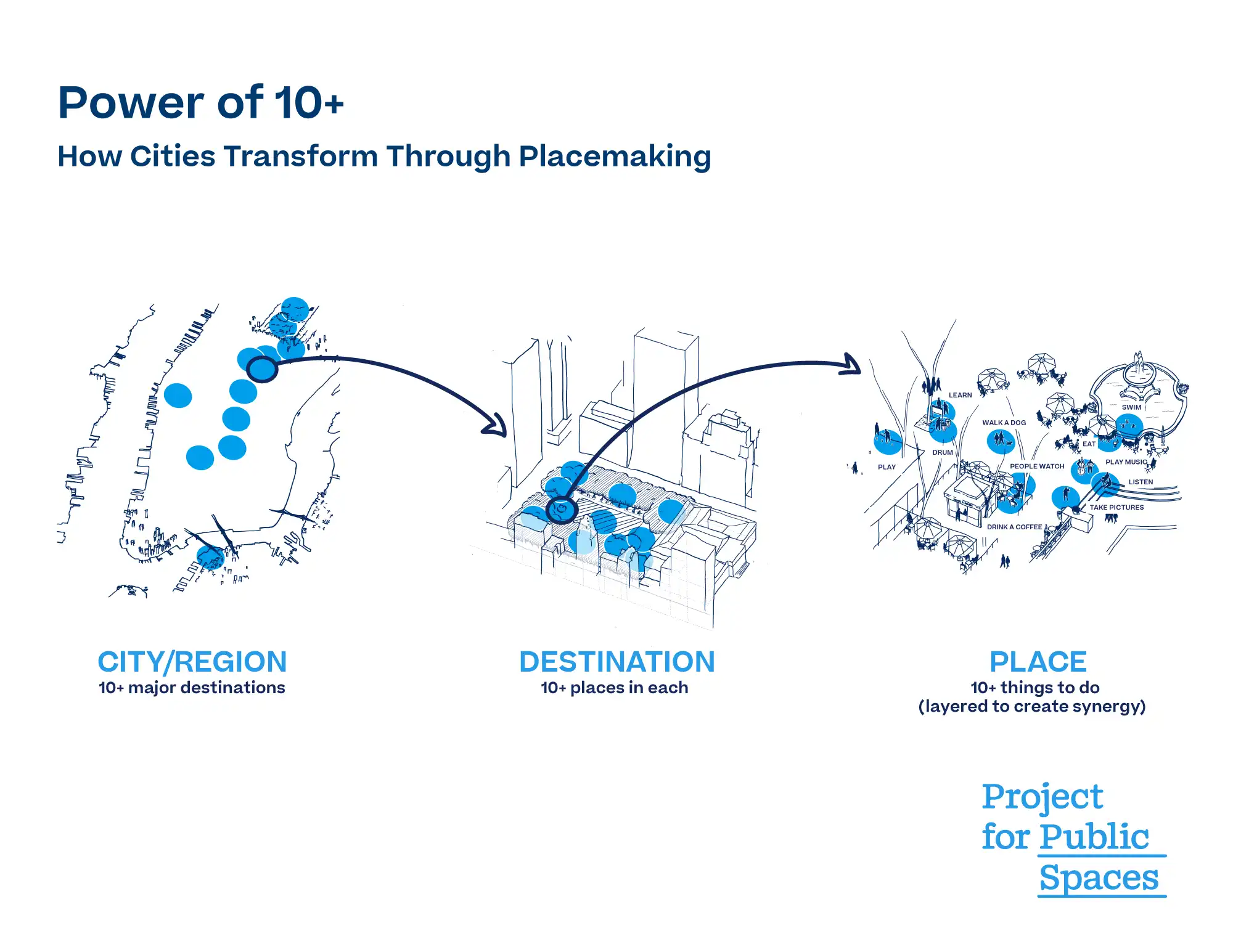
Social hubs are beloved destinations, multi-layered places, community incubators, and more. They are the places that we gravitate to because we feel the positive energy of social life there. They can be small and local like a popular neighborhood eatery or large enough to serve the greater public like a park.
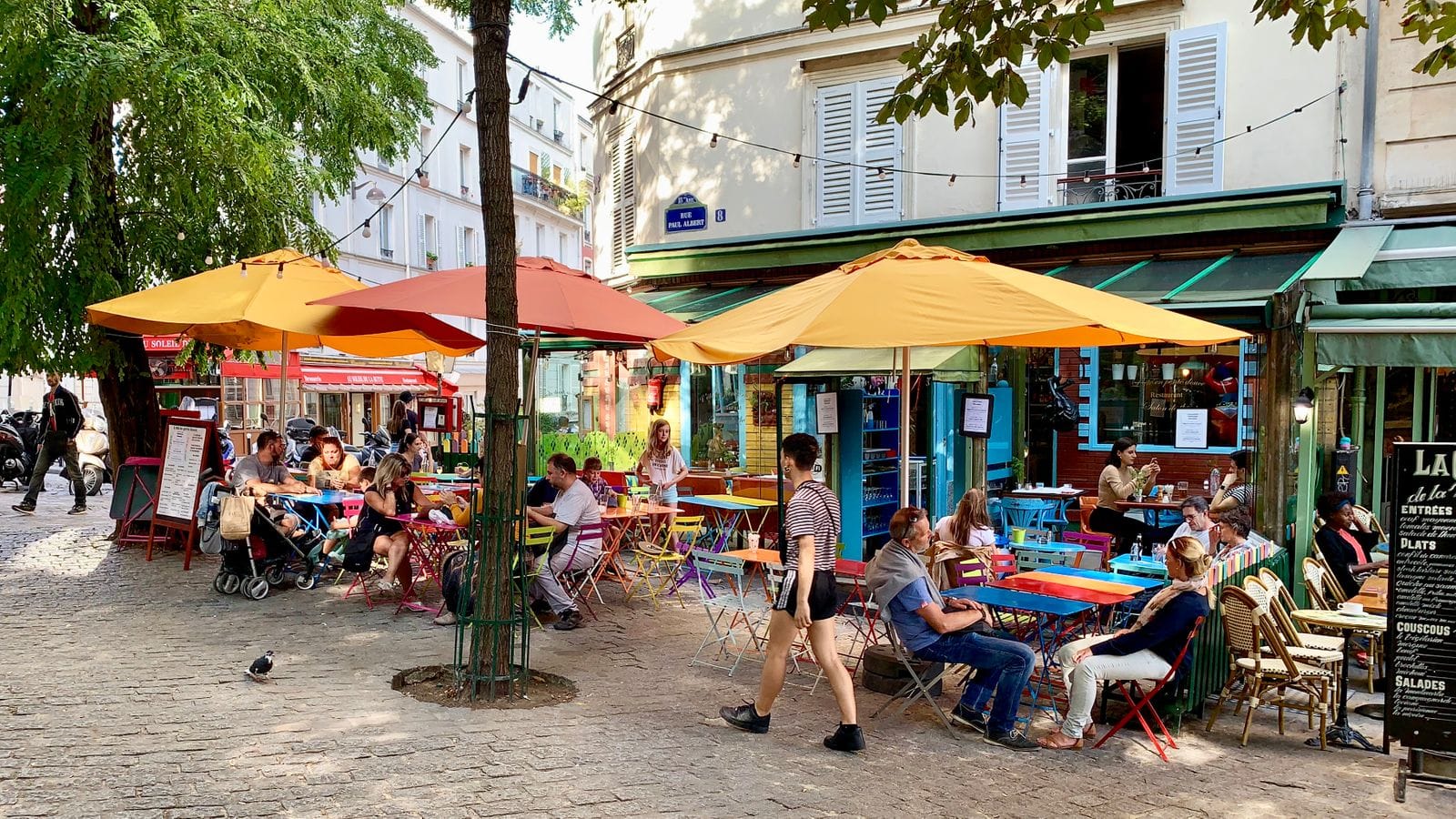
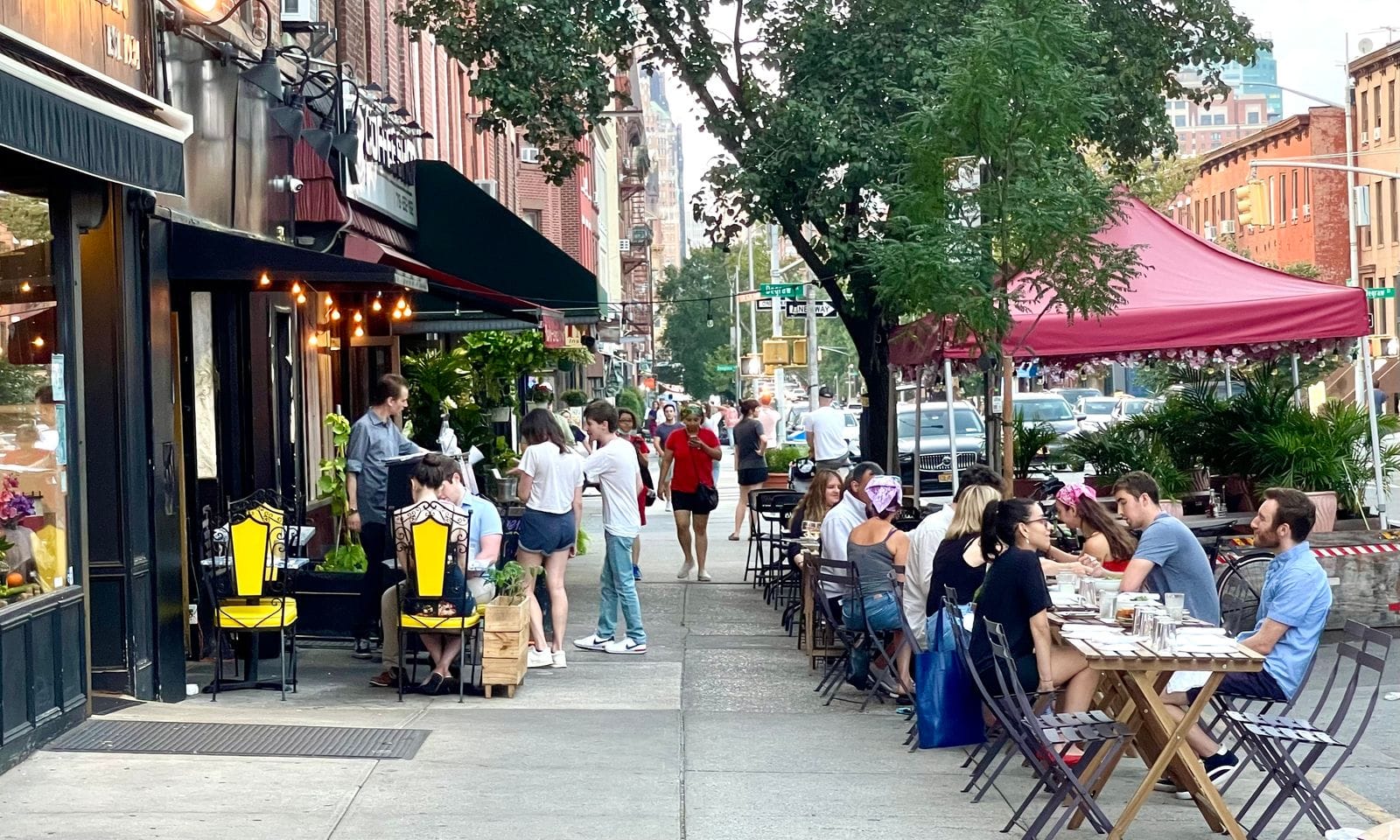
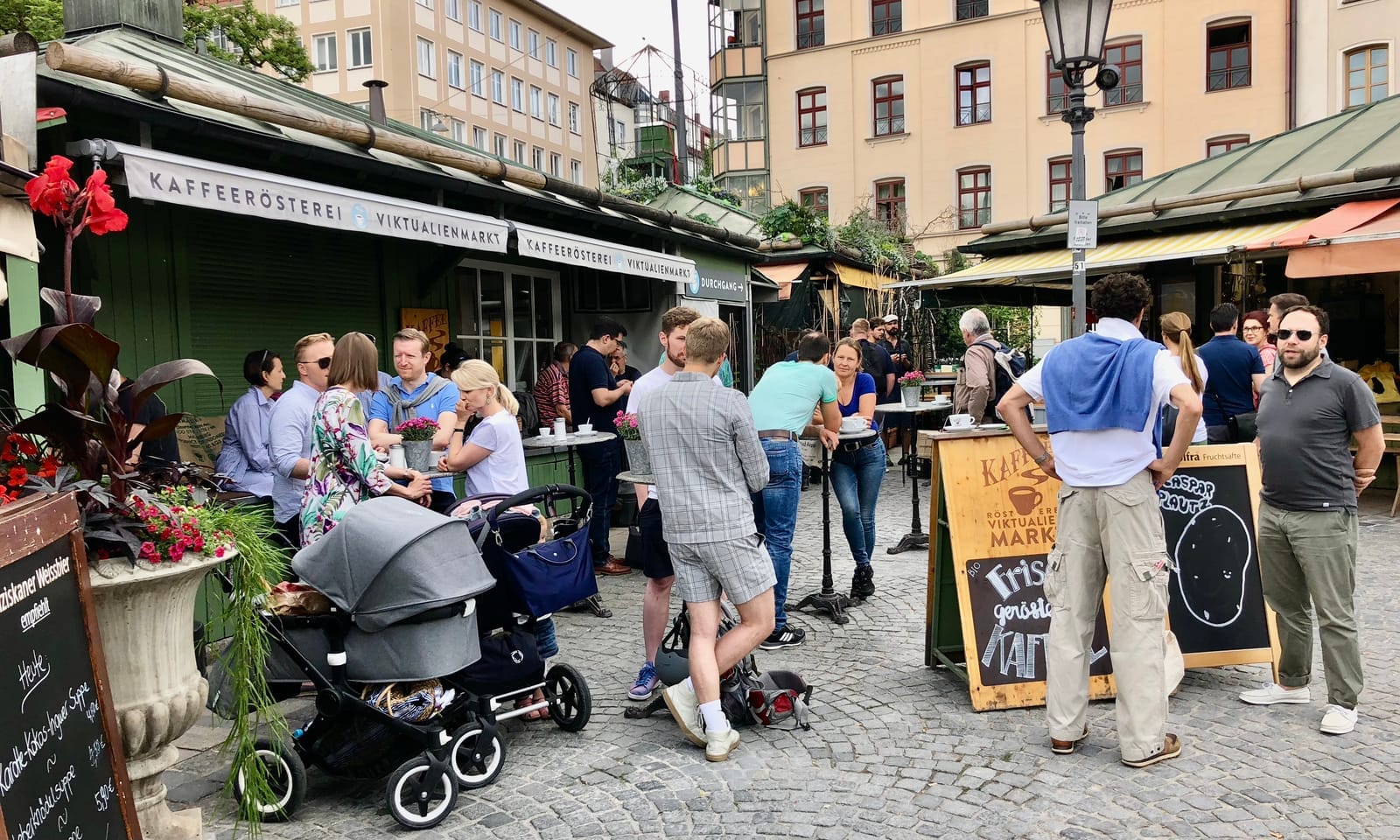
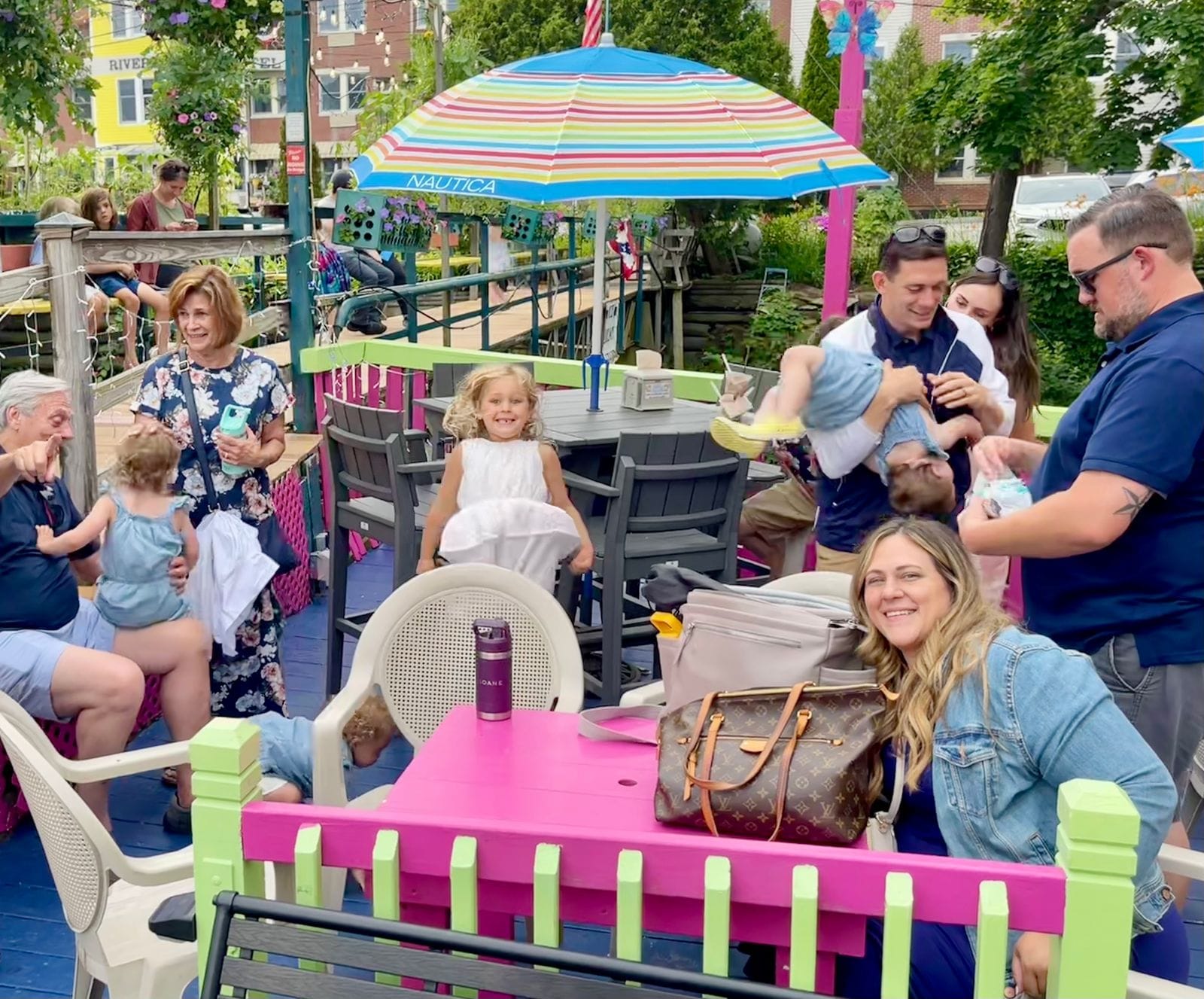
Social hubs are characterized by an intensity of activity that is difficult to resist stopping by or hanging out at. They are the places we remember fondly when we think back to the past and the places we look forward to going again in the future.
It takes a social hub to create a community, and a community to create a social hub. The process of making them is dynamic and collaborative and brings us together. The more of them we have, the more vibrant and social our communities will be.
Related Reading
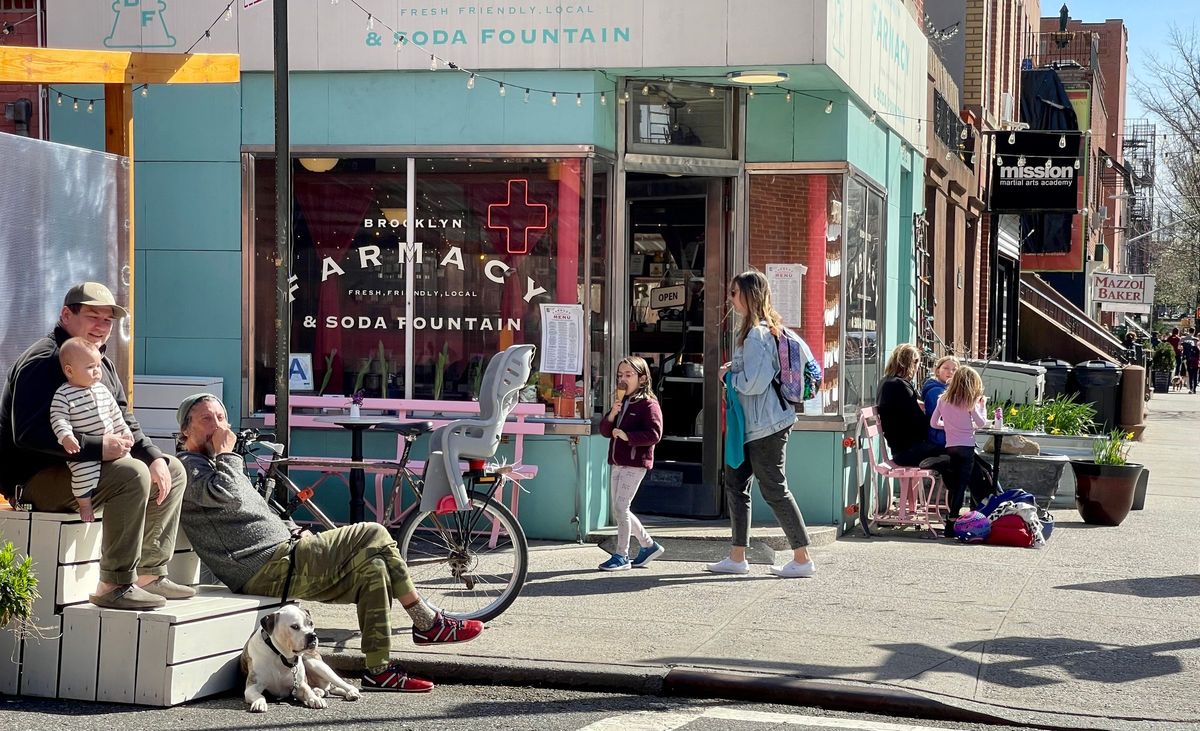
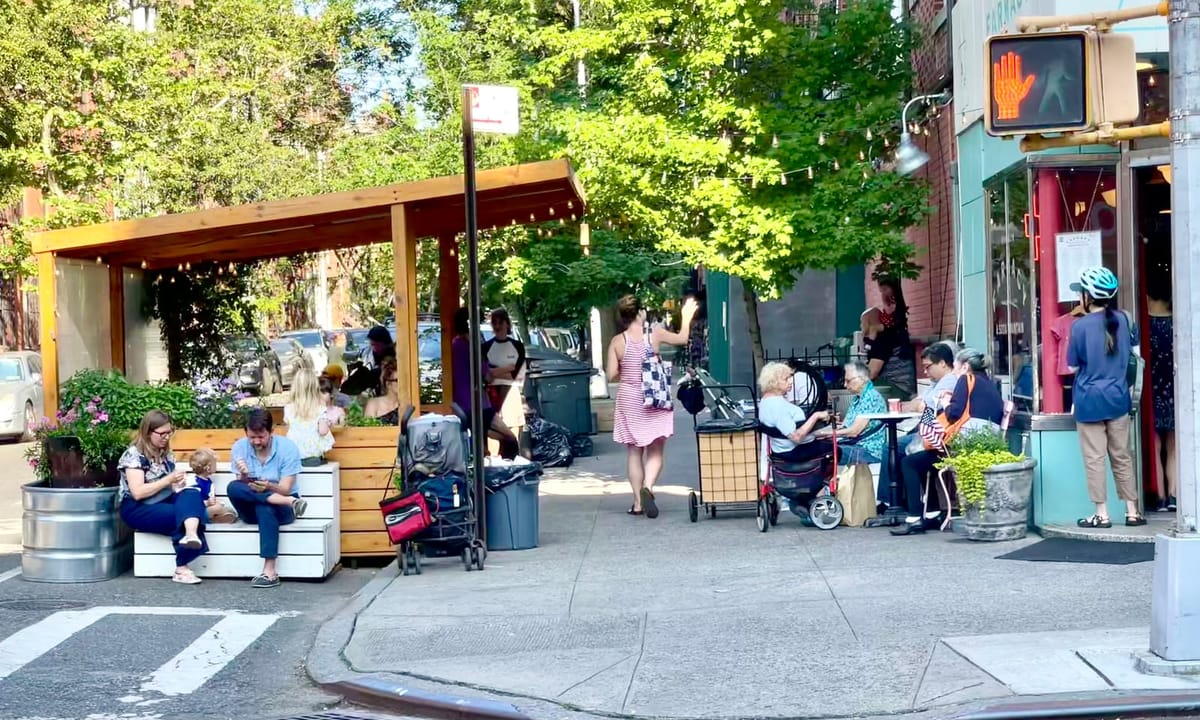
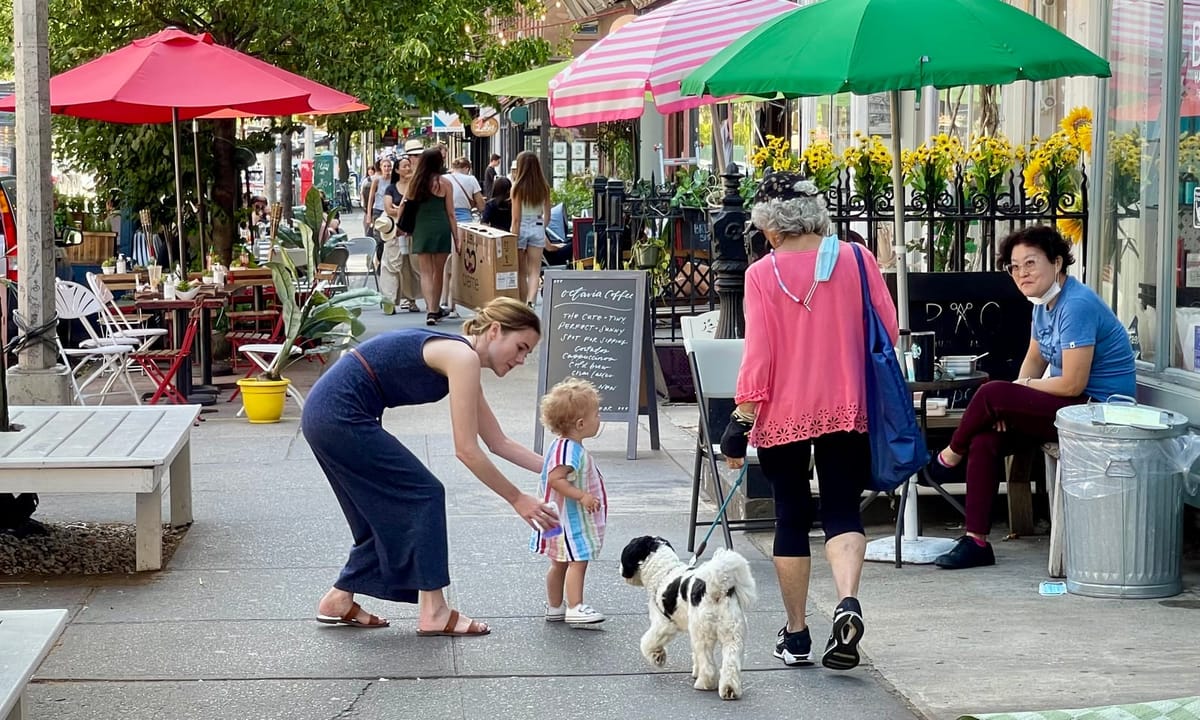
If you are interested in collaborating (articles, presentations, exhibits, projects, and more) or supporting the cause contact us.


